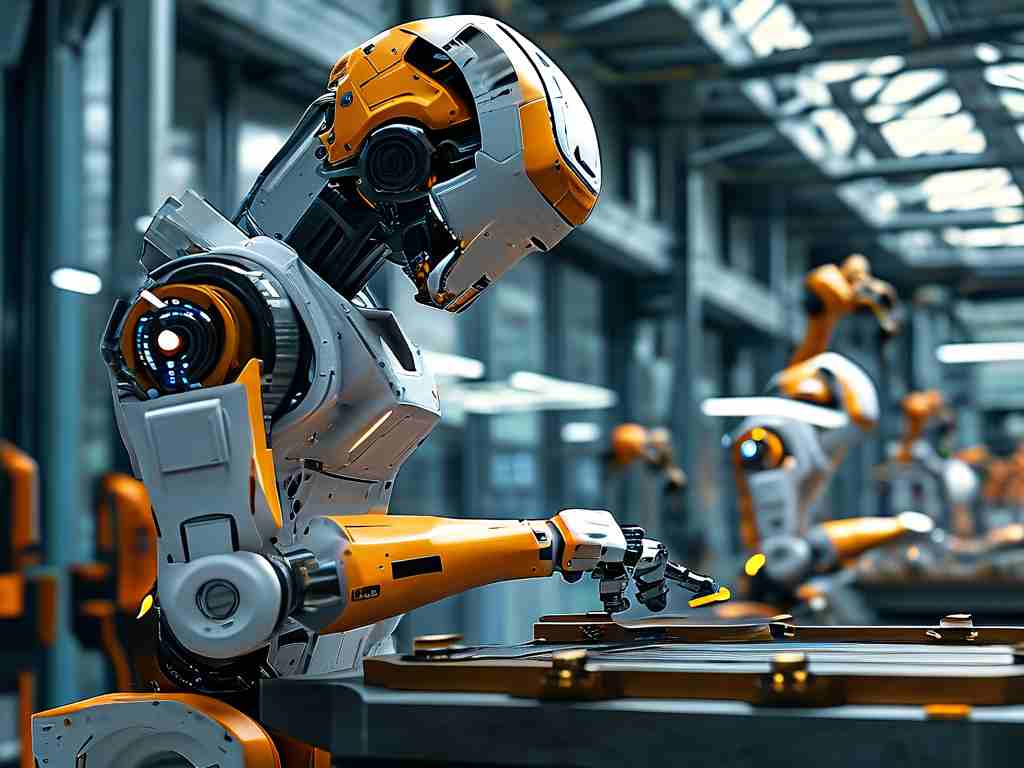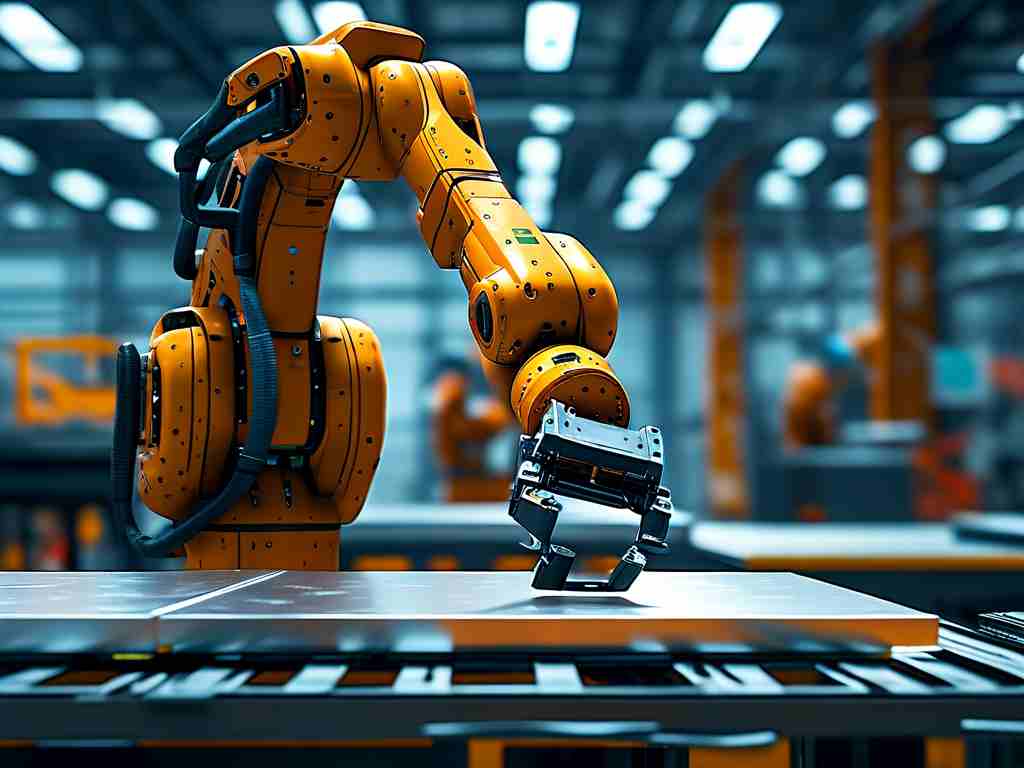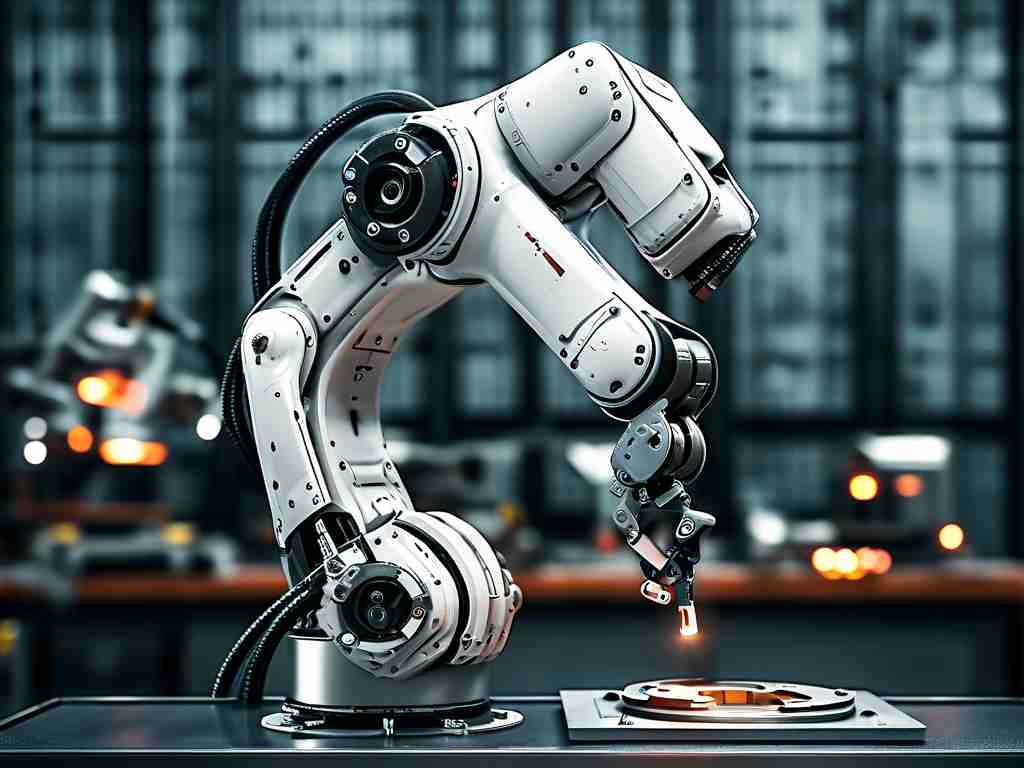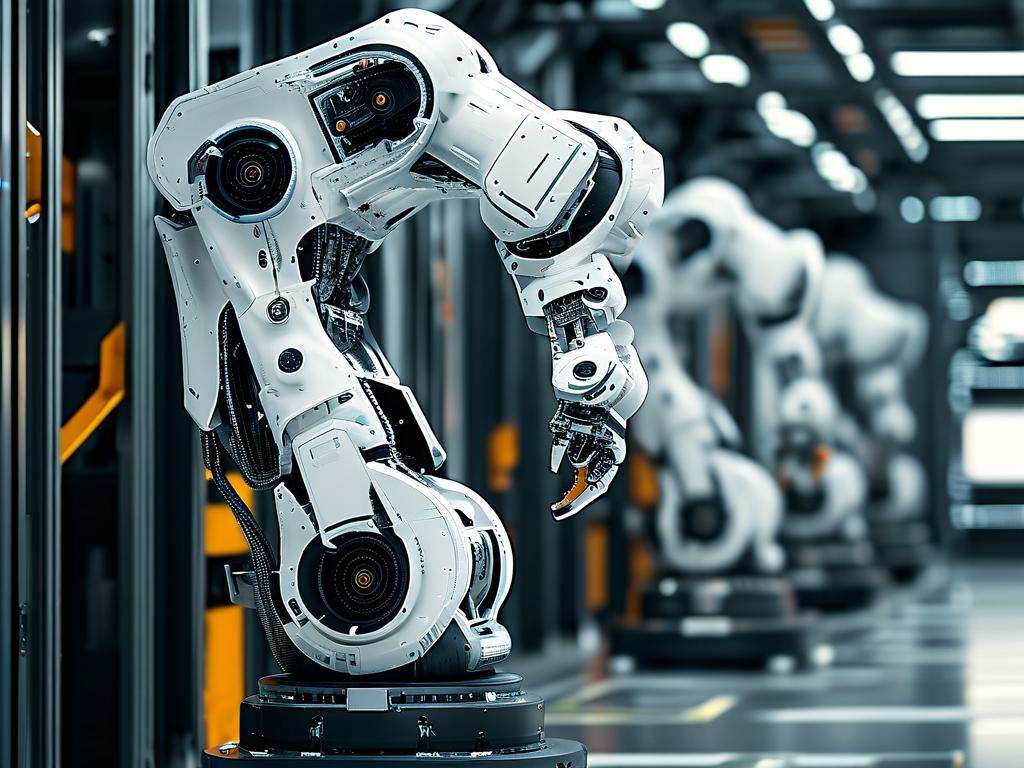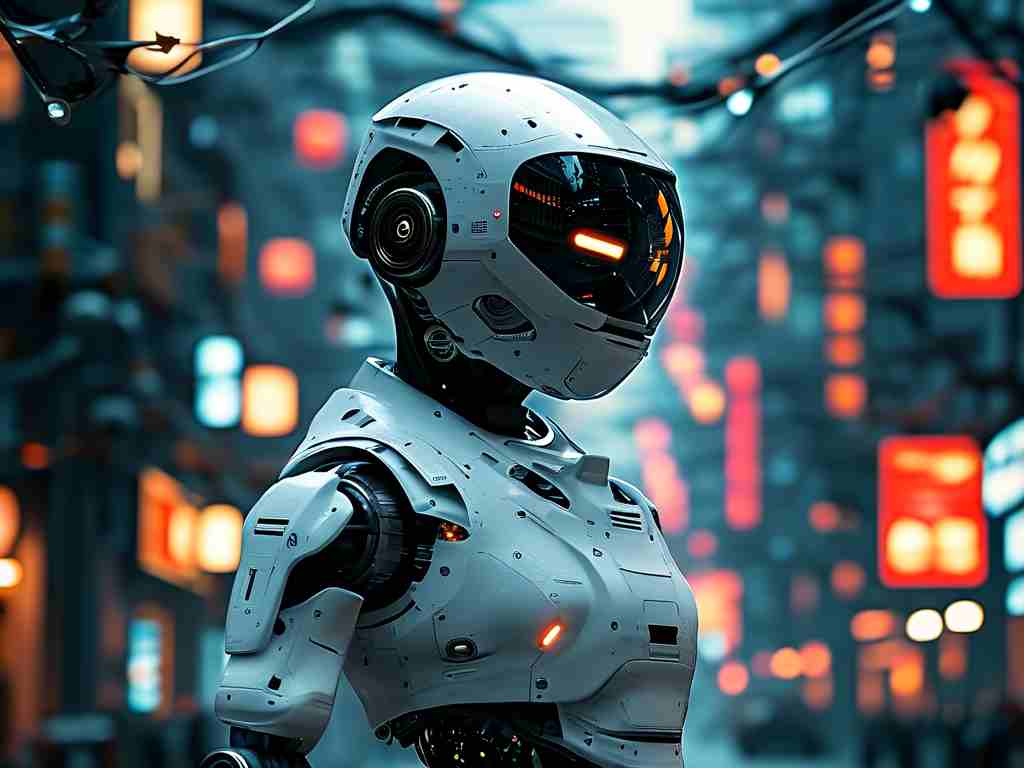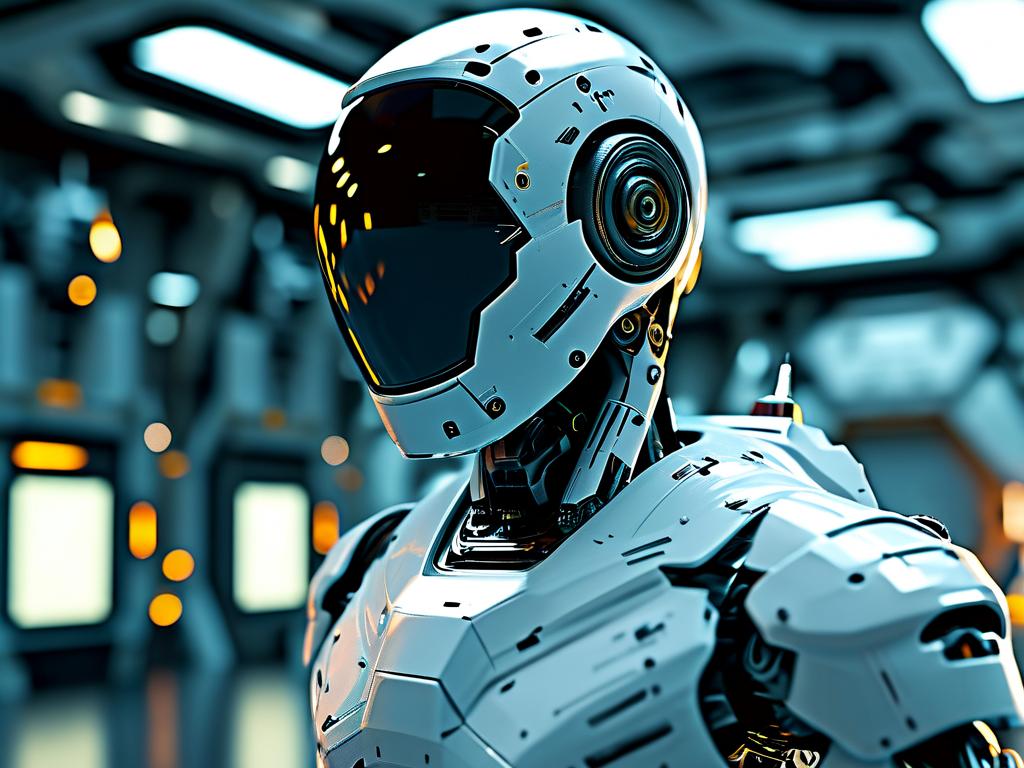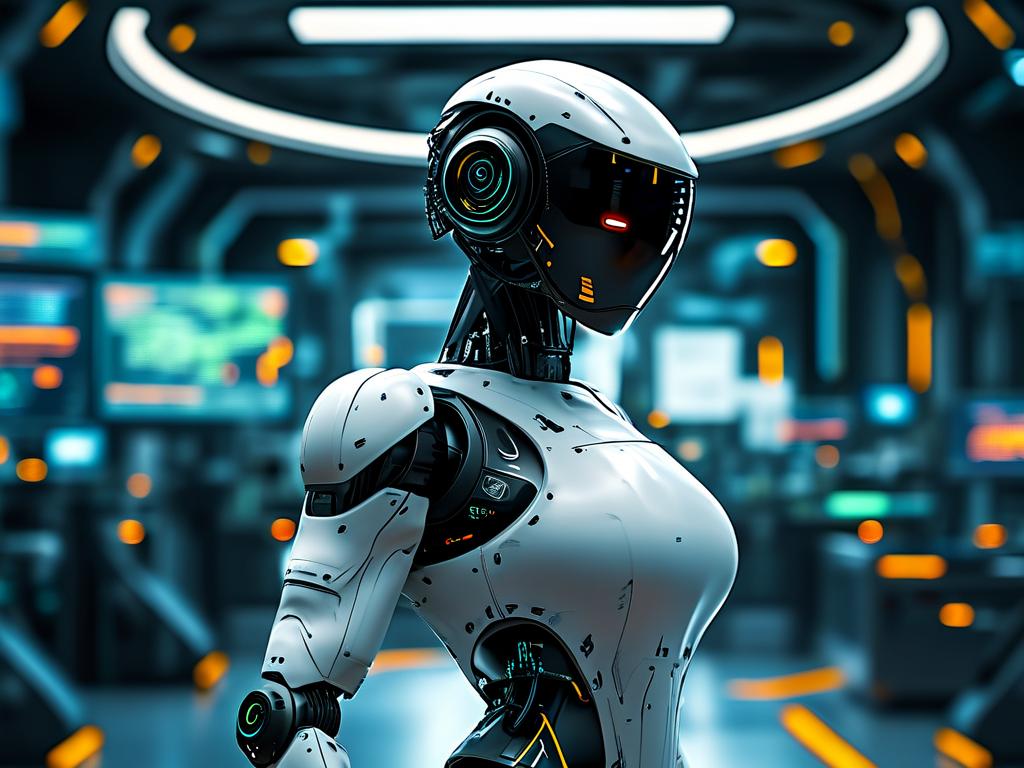The development of humanoid robots represents one of the most ambitious frontiers in modern robotics. While advancements in artificial intelligence and mechanical engineering have accelerated progress, significant technical barriers remain unresolved. These challenges span hardware design, software integration, and real-world adaptability, each requiring interdisciplinary innovation to overcome.
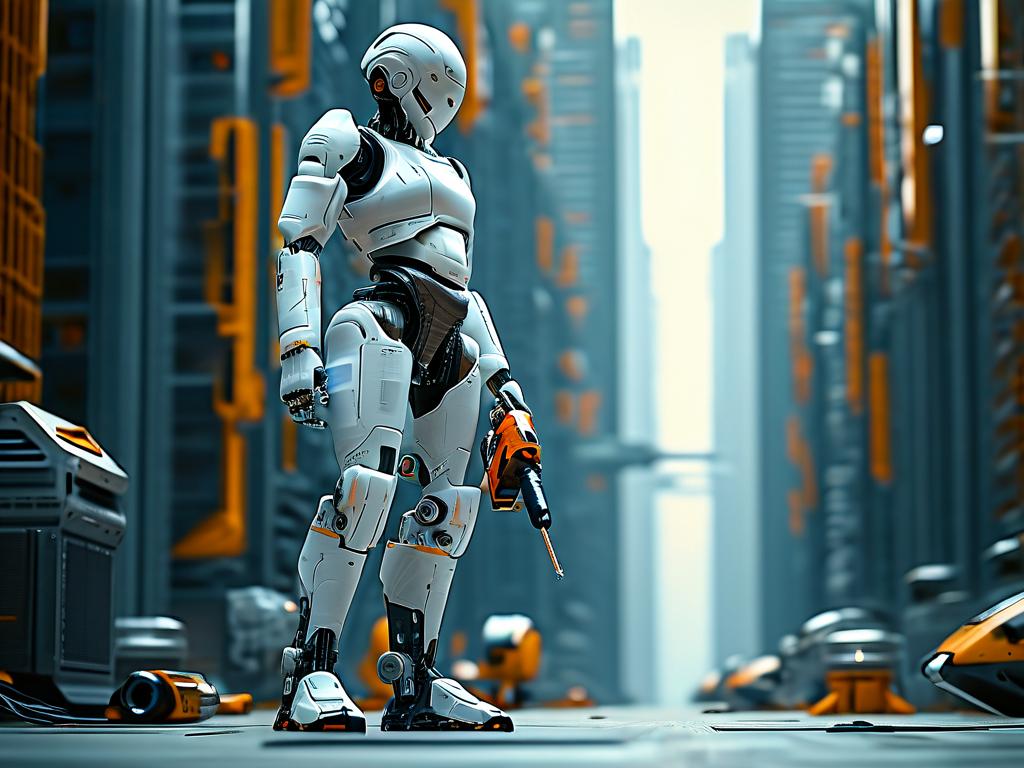
1. Dynamic Mobility and Balance Control
Achieving human-like movement in robots involves complex biomechanical replication. Unlike industrial robots confined to repetitive tasks, humanoid systems must navigate unpredictable environments. Engineers face difficulties in mimicking the subtle joint coordination and weight distribution of humans. For instance, bipedal locomotion demands real-time adjustments to maintain balance on uneven surfaces—a task simple for humans but computationally intensive for machines. Current solutions rely on gyroscopes and pressure sensors, yet these often struggle with rapid directional changes or external disturbances like pushes. Researchers are experimenting with hybrid actuators combining hydraulic and electric systems to improve response times, but energy efficiency remains a trade-off.
2. Energy Efficiency and Power Management
Humanoid robots require compact yet high-capacity power sources to support prolonged operation. Existing battery technologies limit runtime, with most prototypes functioning for less than two hours under active conditions. The energy drain from servo motors, processors, and sensors exacerbates this issue. Innovations like regenerative braking—capturing kinetic energy during movement—are being tested, but implementation adds mechanical complexity. Nuclear-powered or hydrogen fuel cell alternatives remain impractical due to safety and size constraints. Until breakthroughs in solid-state batteries or wireless charging emerge, energy management will continue to hinder deployment in real-world scenarios.
3. Adaptive Sensory Perception
Humanoids must interpret environments using multimodal sensors equivalent to human vision, touch, and proprioception. While lidar and cameras provide spatial data, they struggle in low-light or cluttered settings. Tactile feedback systems, crucial for tasks like grasping delicate objects, lack the precision of human skin’s nerve endings. Startups like SynTouch have developed sensor arrays mimicking fingerprint ridges, but scaling these across a robot’s body remains cost-prohibitive. Additionally, processing sensory data in real time requires immense computational power, often leading to decision-making delays. Neuromorphic computing, which mimics neural networks, shows promise but is still in experimental phases.
4. Cognitive AI Integration
Beyond physical capabilities, humanoids need contextual awareness and problem-solving skills. Current AI models excel in narrow tasks but falter in dynamic social interactions. For example, a robot nurse must recognize patient discomfort through verbal tones or body language—a nuanced skill beyond today’s natural language processing. Reinforcement learning enables robots to adapt through trial and error, but training requires vast datasets and simulation environments. Ethical concerns also arise, such as ensuring AI decisions align with human values during emergencies. Projects like OpenAI’s GPT-4 demonstrate potential for contextual reasoning, yet merging this with robotic autonomy remains unfinished.
5. Cost and Manufacturing Scalability
Precision components like carbon-fiber joints or high-torque motors drive up production costs. Boston Dynamics’ Atlas robot, for instance, costs over $2 million per unit due to custom parts. Mass production demands standardized modules without compromising performance—a balance yet to be achieved. 3D printing and modular designs are reducing expenses, but material durability issues persist. Governments and corporations investing in humanoids face ROI uncertainties, slowing large-scale adoption.
Future Pathways
Cross-industry collaboration is vital for addressing these hurdles. Biomimetic engineering could revolutionize mobility by studying animal locomotion, while quantum computing might solve sensory data bottlenecks. Regulatory frameworks must also evolve to address safety and ethical risks. As research accelerates, humanoid robots could transform healthcare, disaster response, and manufacturing—but only if these multidimensional challenges are systematically conquered.
In , the path to viable humanoid robots hinges on solving intertwined technical puzzles. Each breakthrough brings us closer to machines that not only resemble humans but also enhance our capabilities in an ever-changing world.


